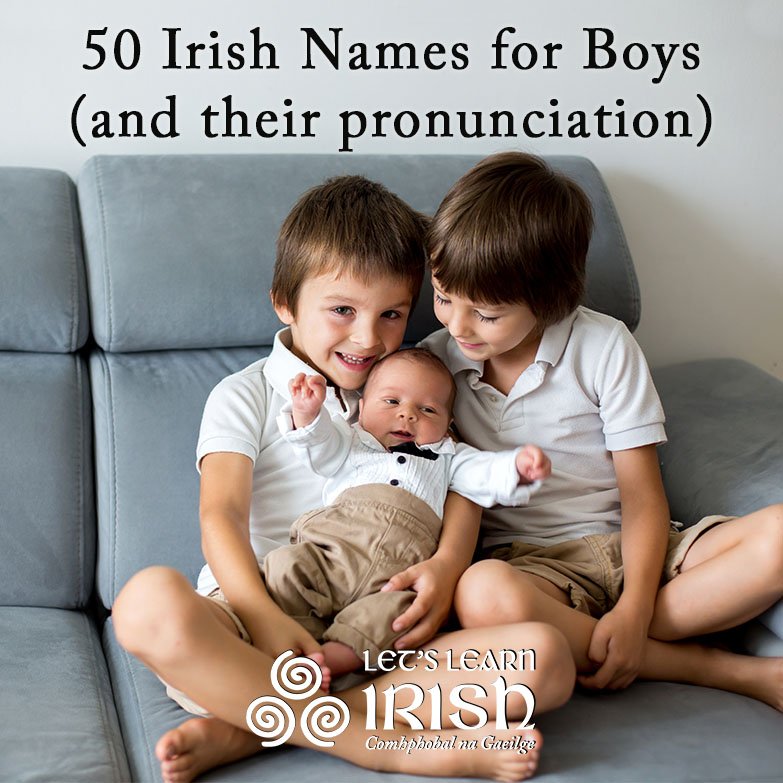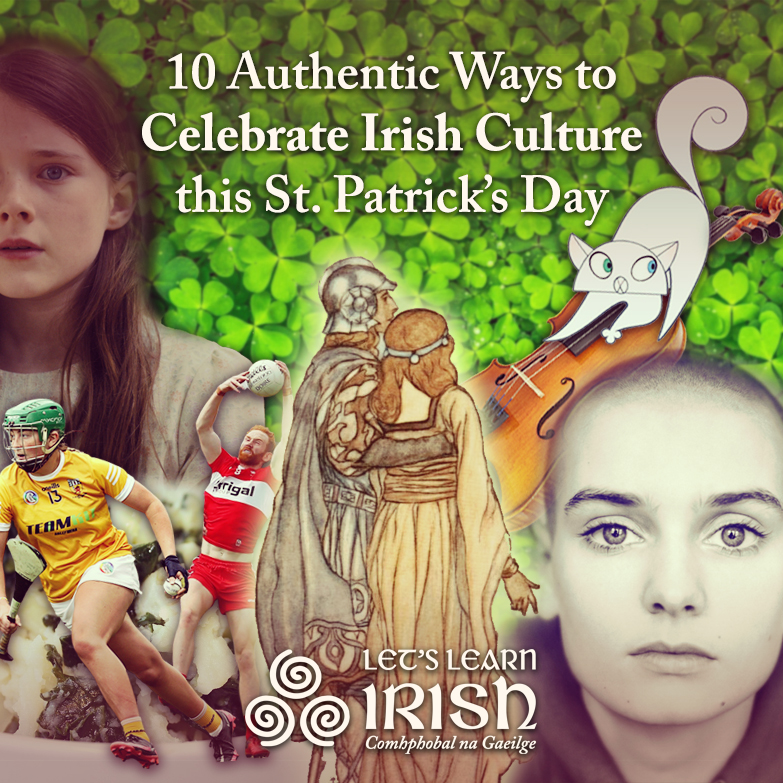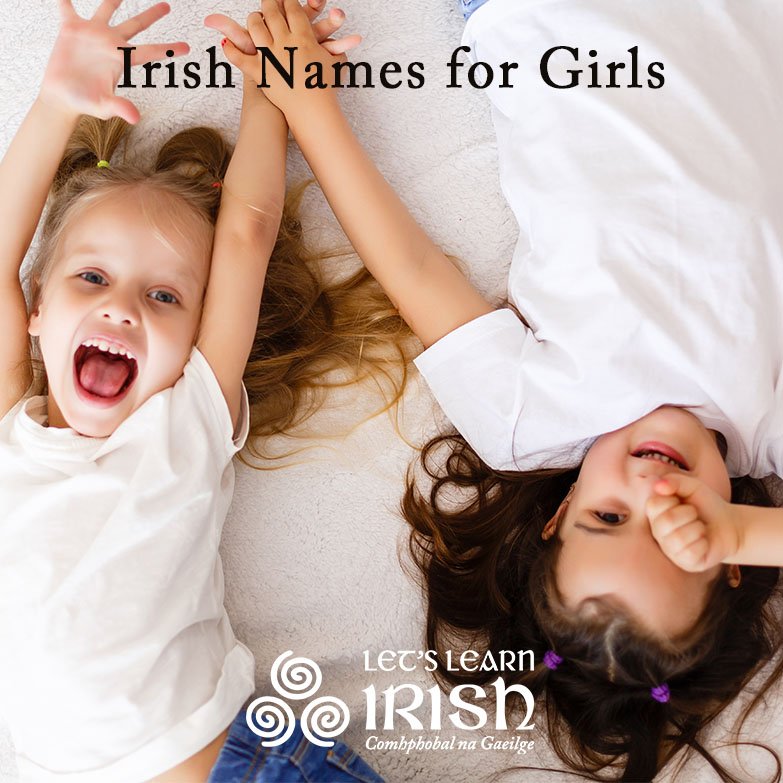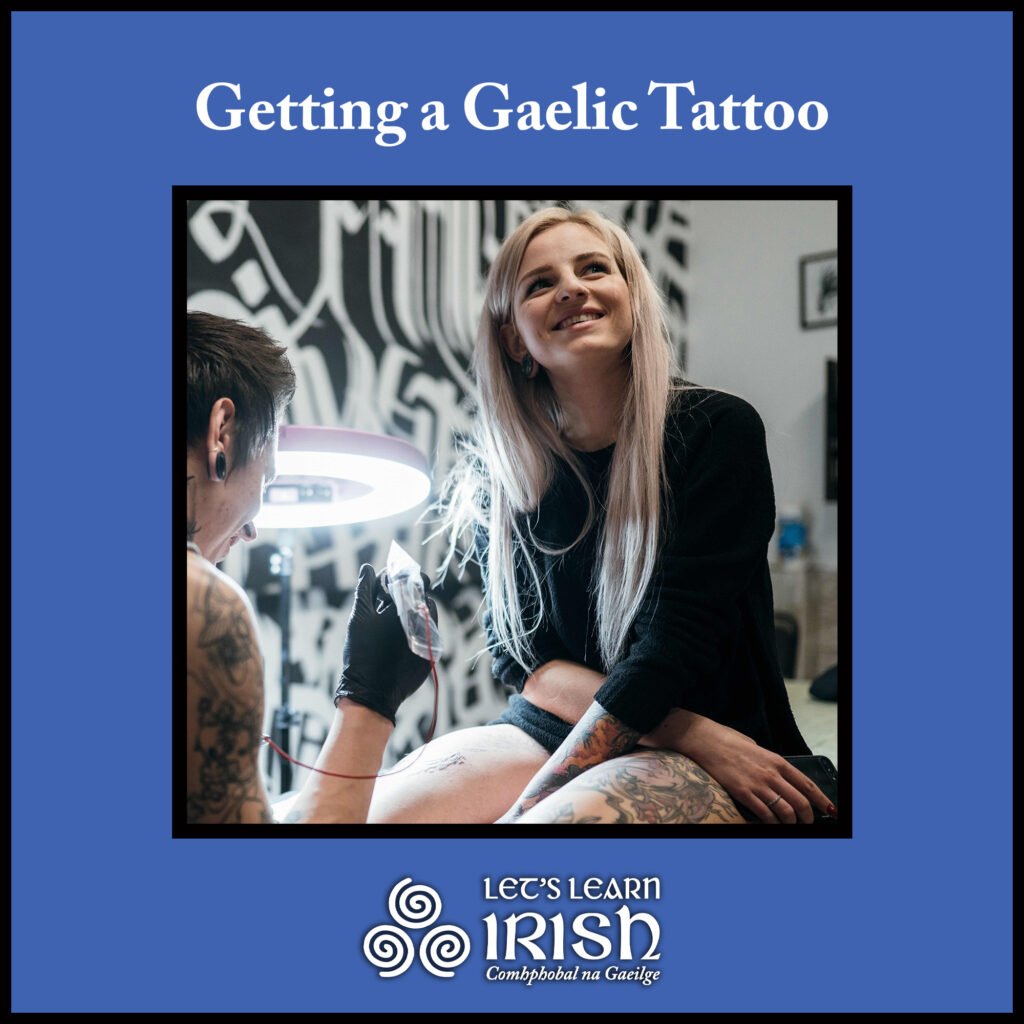What is Seachtain na Gaeilge?
March is the month of the year when Ireland showcases itself to the world. Some cities in the US dye their local rivers green, and there’s parades and Guinness aplenty on Lá Fhéile Pádraig (St Patrick’s Day). However, did you know that March is also a month for celebrating the Irish language…but what exactly is Seachtain na Gaeilge and how can you get involved?
What is Seachtain na Gaeilge?
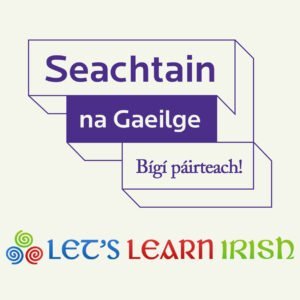
Seachtain na Gaeilge (“Week of Irish”) begins on March 1st, and runs through until March 17th. When it first began in 1902, it was just a single week and limited to Ireland. These days, Seachtain na Gaeilge (or ‘SnaG’, as it’s also known) is a truly global event, a vibrant celebration of the Irish language. In fact, Seachtain na Gaeilge has even outgrown its name!
When it became obvious that one single week was insufficient for so many language activities, the organisers of the festival decided to extend the ‘seachtain’ to 17 days. They kept the name, however, because the brand is recognised world-wide…hence the slight misnomer of ‘Seachtain na Gaeilge’!
Whats happens each year?

During Seachtain na Gaeilge, a wide range of events take place, ranging from music concerts, history tours, céilís, conversation circles, lectures, poetry nights and much more. The festival gives people the opportunity to enjoy Irish in various settings. Check online to find a calendar of entertaining and fun events for all kinds of interests, that invariably involve Ireland’s native language.
Seachtain na Gaeilge aims to reawaken love for the language and to encourage its use. Media personalities on TV shows and radio make an effort to introduce or sign off in Irish, or pepper their shows with the ‘cúpla focal‘. Local councils, schools and businesses are all known to get involved, to help encourage people to use whatever Irish they may have, to ‘Bain triail aisti’ (Give it a try), as the slogan goes!
The festival endeavours to promote Irish among everyone, not just fluent speakers. Buy a €4 “Tá cúpla focal agam” badge from the Seachtain online store, for example, and you tell the world that you too speak some Irish!
A Festival with a difference
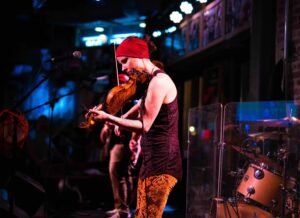
What makes Seachtain na Gaeilge great is that you don’t have to look for an event or competition. The organisers highly encourage Gaeilgeoirí (Irish speakers) to create their own events!
Organising a Caife agus Gaeilge (Coffee and Irish) event in your neighbourhood is a great way to meet Irish speakers and share the language. Perhaps stage a film viewing – the TG4 app is available on many platforms, with a generous share of programmes for viewers worldwide. Irish musical events are always welcomed. Organisers even suggest penning one’s own Irish language play and staging it! You could simply practise speaking more Irish at home, or with your friends, on the phone, or on social media. As mentioned, it’s about giving the language a try, and having fun while doing so!

You might also take inspiration from what you see happening on social media. Look out for hashtags on social media such as #SnaG. You can also come along to Let’s Learn Irish’s Free Workshop on the first Sunday of the month, and learn some phrases or, for more advanced learners, practise your conversation skills!
Events can be simple or grandiose, which is what makes this a week for all Gaeilgeoirí to celebrate Irish, wherever they might be and how much or how little Gaeilge they currently have. For those who are not sure where to start, Seachtain na Gaeilge’s website has plenty of useful resources to help make any event a great success.
Irish on the rise...

It’s worth noting that this is a particularly special time for the Irish language, with media ‘as Gaeilge’ growing in popularity! We recently saw several Irish films drawing significant attention on the awards circuit. The Banshees of Inisherin, nominated for nine Oscar nominations, was filmed on Achill Island and Inis Mór, both Gaeltacht regions. Oscar-nominated Paul Mescal chatted in Irish on the red carpet at the BAFTAs, and suddenly the New York Times was writing about it. Much interest has also been focused on An Cailín Ciúin, which was Ireland’s Oscar entry for best international film, and who can avoid the popularity of Kneecap and their movie? Then there’s also the popularity of the new TG4 series, Crá! The message of the moment is clear: Irish is on the way up, and Seachtain na Gaeilge provides the perfect entry point for discovering, or rediscovering, our native tongue…bain triail aisti!
- Join Tasc An Lae, the online daily language task during Seachtain na Gaeilge 2025! See LetsLearnIrish.com/tascanlae/ for details, or visit Instagram right now.
Join the online Irish community – beidh fáilte romhat!
Take a Course, join a Comhrá session or attend a Ceardlann.
For more, follow us @LetsLearnIrish – bígí páirteach!

